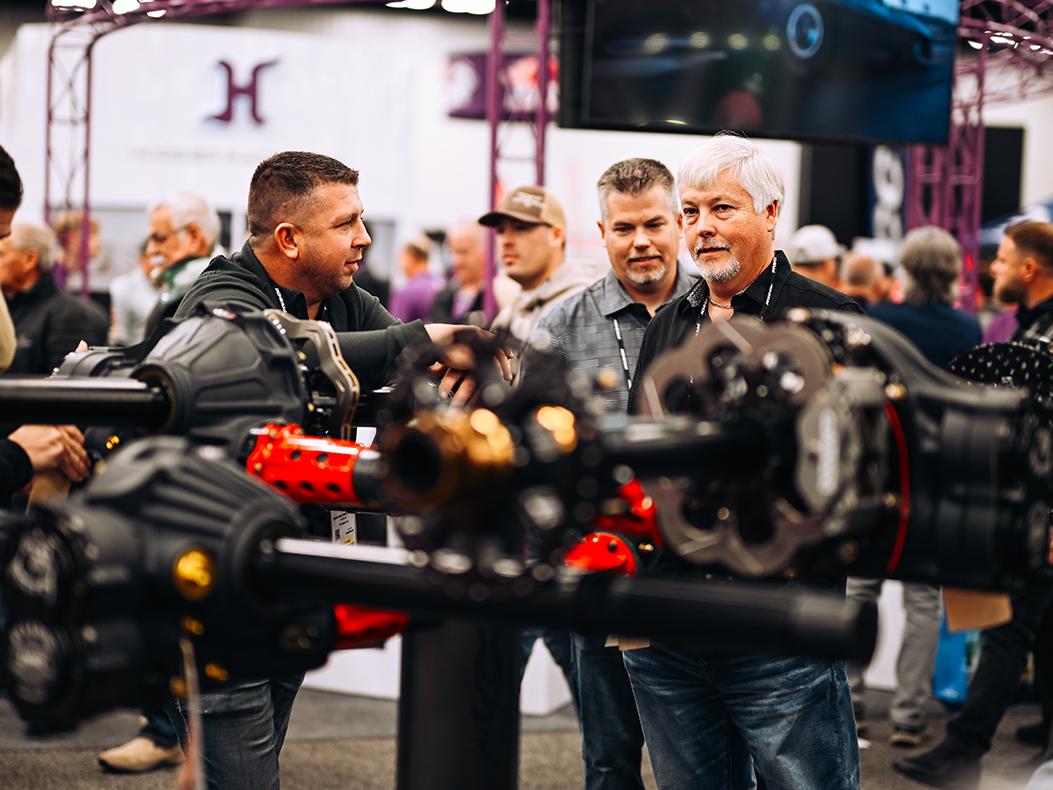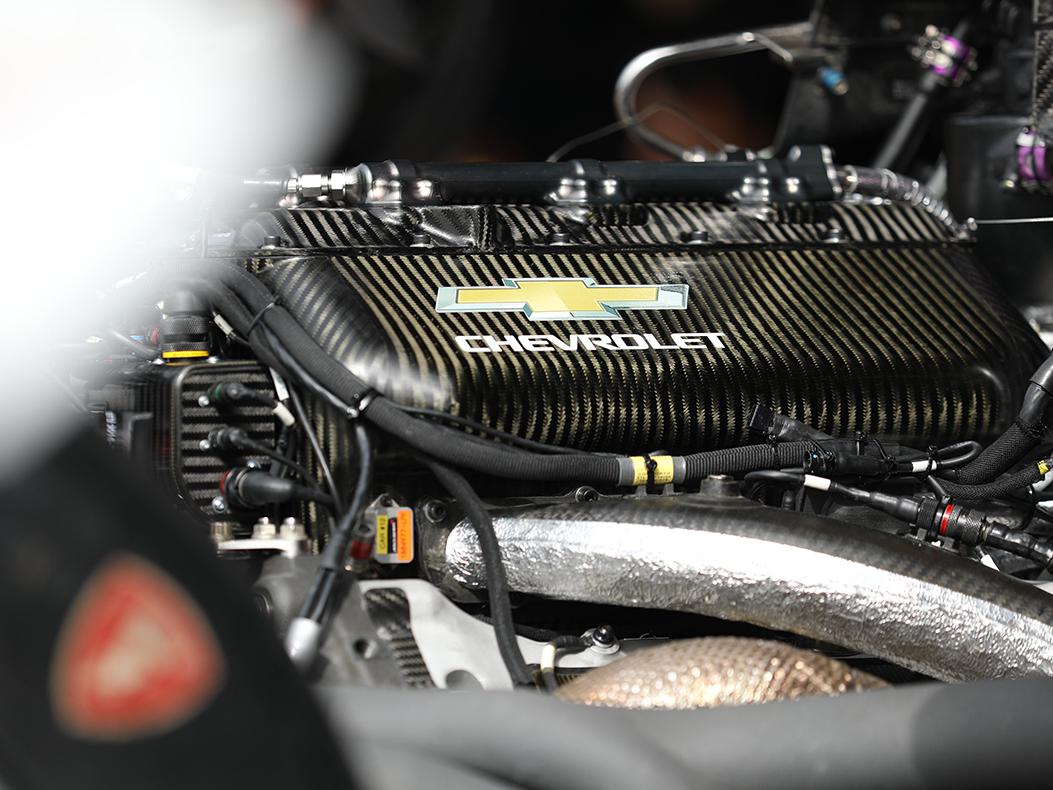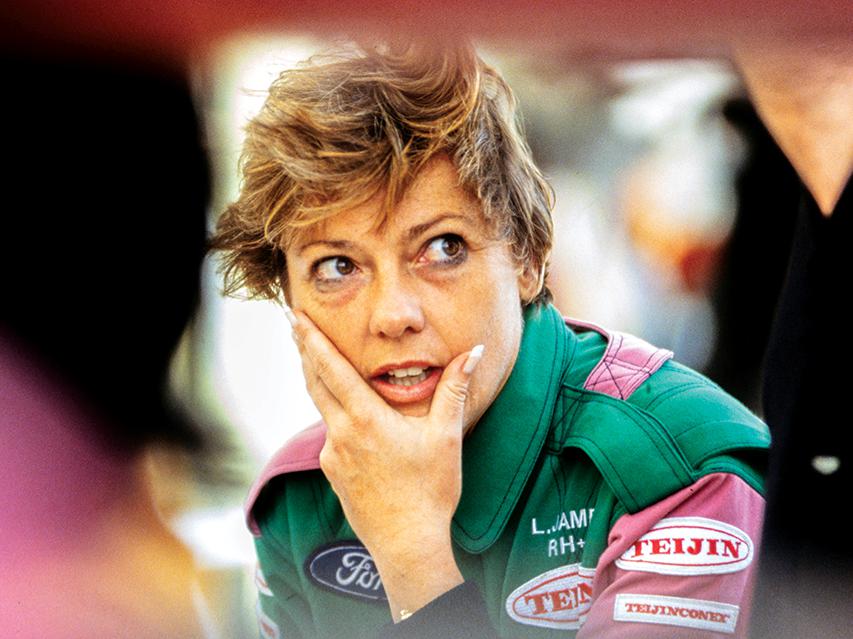First Laps: Road Racing
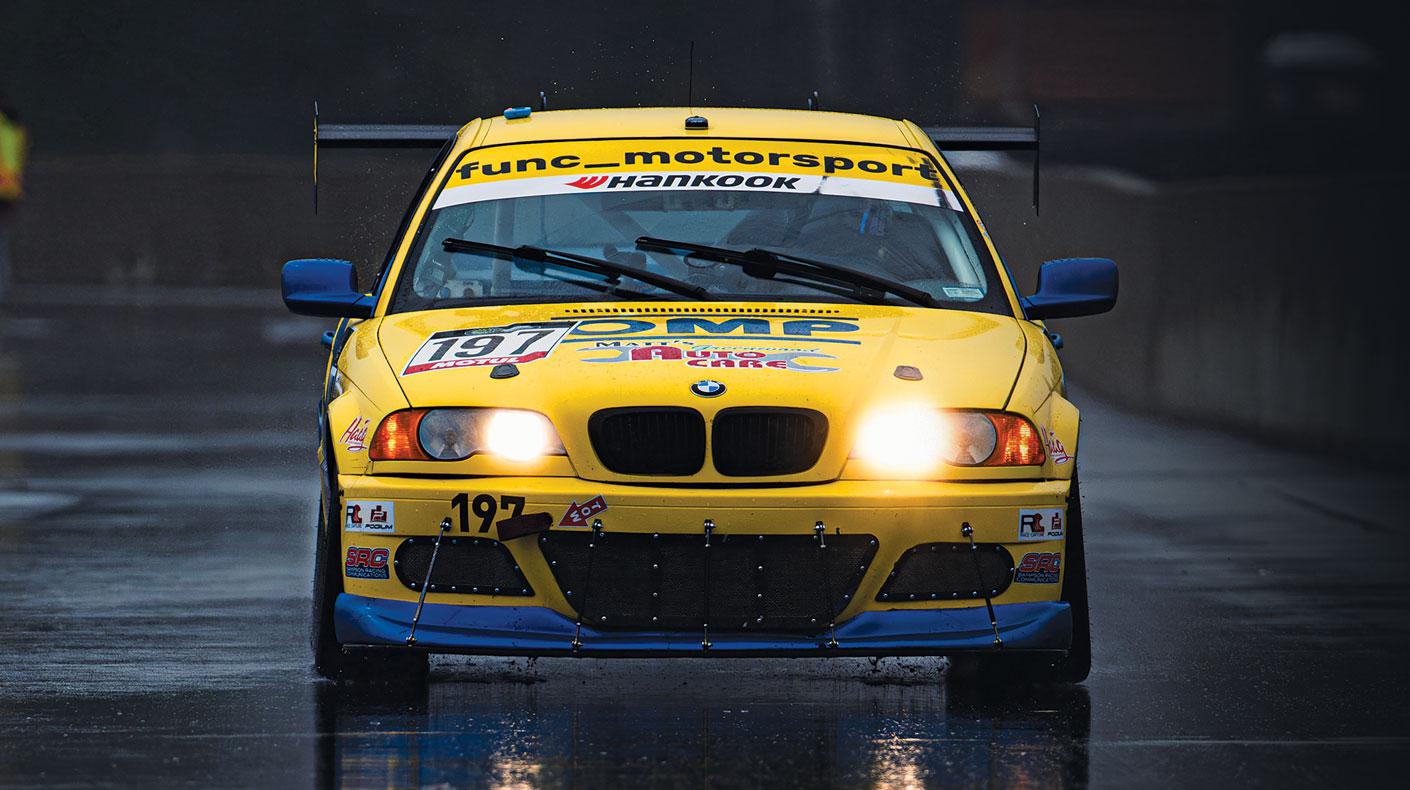
How lowering road racing's entry barrier has proven effective and what is being done to build on that momentum.
The next time someone complains that motorsports' best years were in a bygone era, consider the words of Jon Krolewicz of the Sports Car Club of America (SCCA) in Topeka, Kansas: "Sure, I miss watching a GTP car blast around Daytona in the dark with only the exhaust flames and dim headlights showing, and we can be nostalgic for those things. However, when one considers the number of tracks, clubs, cars, businesses, TV shows, and internet groups providing opportunities, events, parts, awareness, and knowledge, this is the golden age of motorsports because so many people can see it and find out how to be a part of it."
Nowhere is that sentiment more evident than within the grassroots road racing space. Long-established players such as the SCCA and the National Auto Sport Association (NASA) are holding strong while adapting to a changing landscape. Meanwhile, newer organizations such as the ChampCar Endurance Series, Lucky Dog Racing League, and 24 Hours of Lemons all benefit from the rise in popularity of grassroots endurance racing, with new racers enticed by the promise of more seat time with fewer entry barriers.
Within this new "golden age" of motorsports, though, challenges still persist for sanctioning bodies and racers alike. The question is whether this space can continue to foster new growth and popularity among entry-level racers, or whether rising costs will put the brakes on this discipline's current momentum.
Grassroots Endurance Racing's Boom
In the world of grassroots road racing, true endurance racing is a relatively new concept.
"The advent of long-form endurance racing that the 24 Hours of Lemons introduced back in 2007 has been the largest evolution to grassroots road racing that I see," said Mike Chisek of the ChampCar Endurance Series, Piney River, Virginia. "Before that point, grassroots road racing existed via the SCCA and NASA, but the endurance part was a small afterthought."
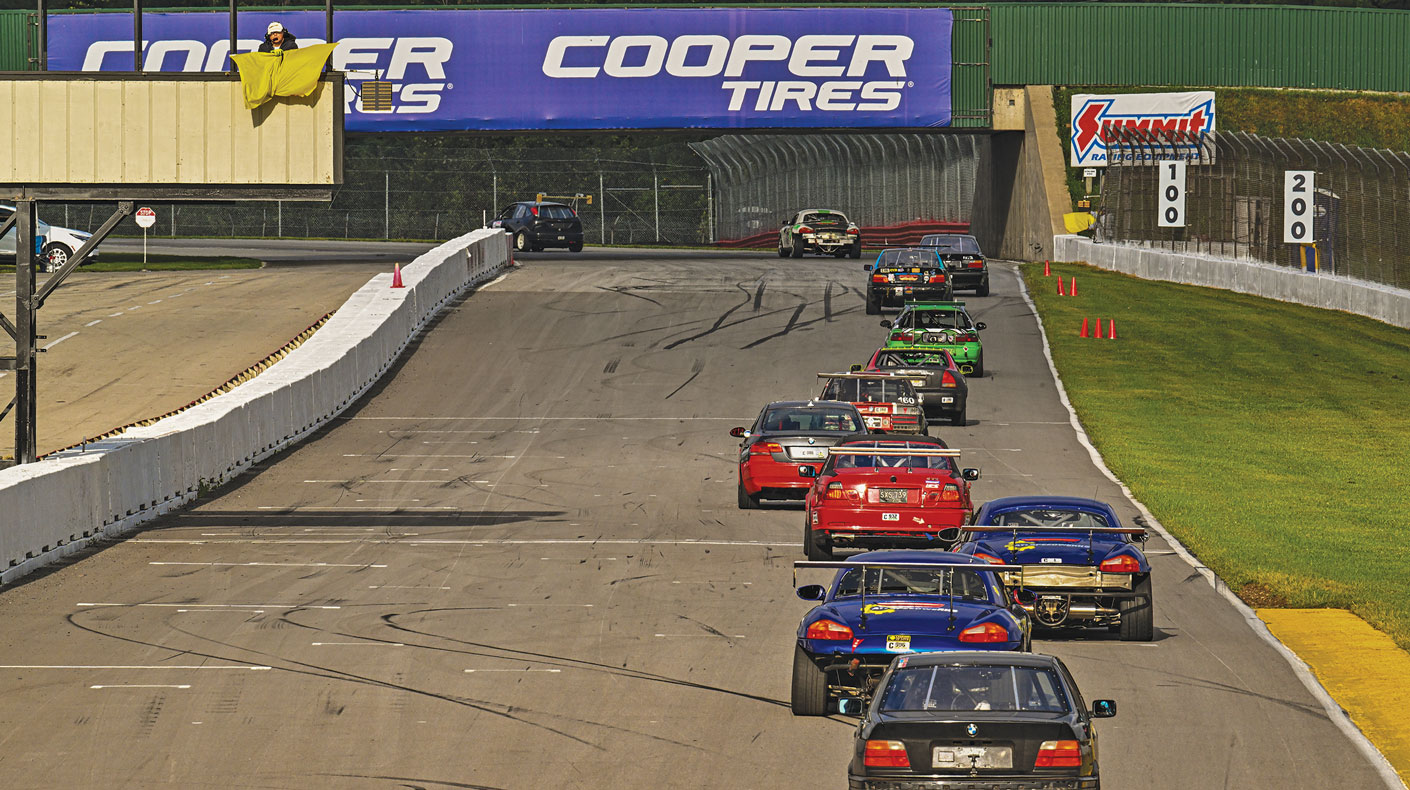
"The advent of long-form endurance racing has been the largest evolution to grassroots road racing that I see," said ChampCar's Mike Chisek. "With new easier access and lower costs to entry, the sport has seen a wave of new people."
Fast forward to 2025 and low budget endurance races have become synonymous with grassroots road racing. While many forms of motorsports are out of reach to the average person due to high costs, low budget endurance racing bridged the gap between passion and feasibility.
"With Lemons, ChampCar, and the others that soon followed, there was no licensing process to get on track, and once on track, you had 14 to 24 hours of track time to use between yourself and a few of your friends," said Chisek. "With new easier access and lower costs to entry, the sport has seen a wave of new people who never would have joined the sport the old way."
ChampCar began in 2009 as the ChumpCar World Series and was "founded on the premise of $500 cars and encouraging homegrown engineering." After Chisek took over as CEO in 2016, it was rebranded the "ChampCar Endurance Series," which helped attract new sponsors including their current title sponsor, Tire Rack. The series now has nearly 4,000 members, and Chisek explained that its core mission has remained the same: "providing access to the world's greatest race tracks for everyone to enjoy, for as little money as possible in the world of motorsports."
The Lucky Dog Racing League in Martinez, California, is another key player within the growing segment of grassroots endurance road racing. "We make it incredibly easy to come race with us," said Cathy McCause Fuss. "That has contributed to the growth of folks who just don't want to deal with the cost and some of the politics. I basically have two rules: Our cars have to be 15 years or older, and I run a spec tire, which is the Hankook R-S4. And that [tire] was really to help manage it from being a wallet race, but to also help manage the speed."
The simplicity of the Lucky Dog rulebook has been attractive to both entry-level and more experienced race teams. "The higher levels of racing are now dropping down and racing with folks like Lucky Dog because it's cheaper and easier," Fuss said. "We're also seeing the pro level using Lucky Dog for testing."
With a wide variety of driver experience and team funding in the field on any given weekend, Fuss and her staff have to manage both "the pointy end of the field" and the entry-level drivers. While the spec tire helps keep things under control with regards to the bigger budget teams, they've also implemented a lap time rule. "A Superdog is a lap time identified at every race track that is considered too fast and outside the spirit of the series." Exceed the Superdog three times and that driver will be parked for the weekend.
However, the vast majority of racers participating in Lucky Dog and ChampCar are grassroots racers on tighter budgets. Fortunately, the team component of grassroots endurance racing further enhances the cost effectiveness of competing in each series.
"The beauty of team endurance racing is that everybody brings something to the table," said Fuss. "It's either time, talent, or money. So you may not have a trailer, but you have a car. It does make it easier that you're sharing costs and you're sharing the infrastructure to get to the track."
While getting to the track is the hard part, the positive community atmosphere and connecting with fellow racers, friends, and family makes the weekend a memorable experience.
"People realize how fun it is to connect," said Fuss. "The person who drags their car out for the weekend to go racing in a 20-minute sprint just doesn't have the same experience as spending the whole weekend. To have a whole weekend and this kind of seat time, there's just so much value."
Adapting to Shifting Demand
National club racing organizations such as SCCA and NASA have been forced to adjust to a grassroots road racing landscape in flux.
While the popularity of low-cost, low-barrier endurance racing has increased pressure on clubs to compete for entry-level drivers, road racing as a whole has continued to enjoy increased interest from newcomers and veterans alike.
"NASA itself is in a growth phase right now," said Jeremy Croiset of NASA in Las Vegas, Nevada. "The pandemic absolutely had a massive effect on the road racing industry as a whole. You see that in the pro side, you also see that on the amateur side. It gave rise to a lot of folks who were more interested in doing something outdoors, and we've carried that momentum with us into 2025."
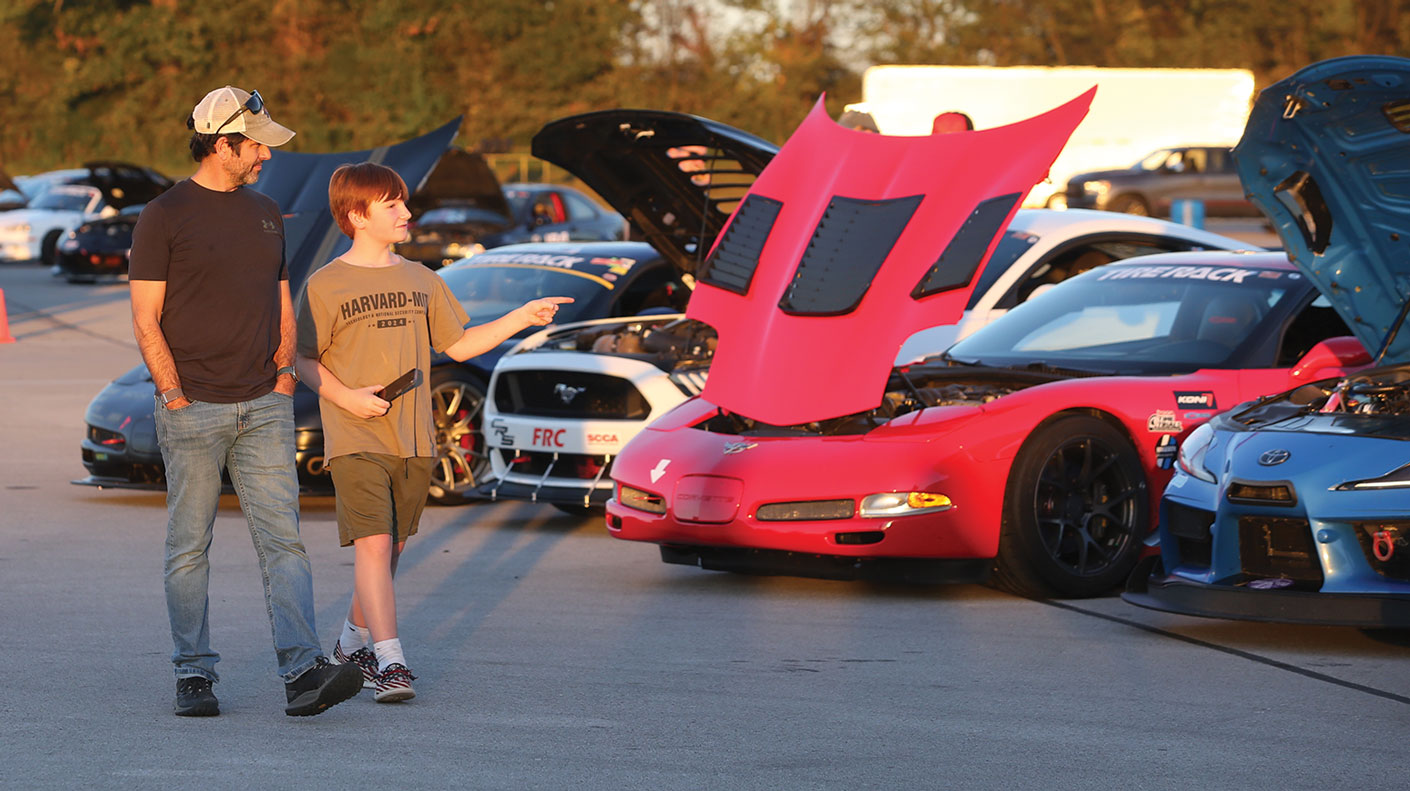
Many entry-level road racing programs, including those put on by SCCA, provide a positive community atmosphere by connecting with fellow racers, friends, and family, transforming the event weekend into a memorable experience.
NASA has also been at the forefront of facilitating the rise of High Performance Driving Events (HPDE), one of the fastest growing sectors in motorsports. According to Croiset, NASA helped to pioneer the HPDE model during the 2000s and developed a "national curriculum used to teach the ins and outs of high-performance driving." NASA's HPDE program is segmented into four different categories based on driver experience level and serves as the first step for new drivers getting on track.
"This allows us to more efficiently group people so they can be on track with folks who have roughly the same experience level," said Croiset. "That gives them the greatest opportunity to focus on learning, instead of potential distractions that may arise on track. Once you have attained enough experience on track, you can move into our time trial or road racing segment."
Croiset added that one of the major reasons for HPDE's popularity is the high-performance street car market. "You can go to GM and order a 2025 or 2026 Corvette Z06, go to the track, and it's faster than most any race car that you can build. It's quite amazing.
"One of [NASA's] focuses is on trying to delineate the clear distinction between the feelings that are evoked through high-performance driving, and the feeling that you get in road racing," Croiset said. "With such a high level of performance from a street car, how do you convey to someone that there's an even higher level to go?"
The SCCA is also adjusting to this shift in demand, adding new programs that cater to the high-performance street car market. This includes casual track day opportunities such as its Track Night in America program, as well as time trial events. Additionally, the SCCA has introduced a new program called Race Experience, which allows non-licensed drivers to get coaching and compete wheel-to-wheel in a low-pressure setting.
"Our traditional path of licensing for road racers has much less demand, and we've seen the market for driver's schools drop," said Krolewicz. "That's where programs like Race Experience tie in: offering a re-approach of how we invite people to events, and how we provide opportunities for those enthusiasts to get on track. While we may have pioneered getting enthusiasts those opportunities, we've had to also adjust to new ways of doing those things."
NASA has found success by partnering with Toyota USA to launch a program aimed at introducing new drivers to the thrill of on-track driving. As part of this program, everyone who purchases a Toyota GR sports car gets a complimentary membership to NASA and a track day that includes instruction from a certified NASA instructor.
"That program has introduced thousands of people to the world of HPDE over the course of these last five years, and many have gone on to move into our time trial or even road racing ranks," said Croiset. "That's been a huge blessing to not just NASA, but I think the overall industry. I wish more OEs would do that."
Croiset explained that one of NASA's challenges is simply educating people about the available opportunities to get on track. "Every day I talk to somebody who didn't know they could take their street car and drive it on a race track as fast as they want, with no one telling them to slow down."
This illustrates the fact that partnerships between manufacturers and sanctioning bodies are mutually beneficial, and in this case can encourage people to get on track for the first time. After that initial track day, every driver's journey will be unique to them.
"The end result is ultimately their journey," said Croiset. "Not everyone who gets involved in on-track motorsport has a desire to go wheel-to-wheel racing. I think the main goal is to introduce people to the fact that they can drive their cars on track and then allow them to progress throughout their driving career up to the area of motorsport that satiates their need for being there."
Tracking Cost Concerns
One thing is certain—entry-level road racing is enjoying a surge of new interest and participants. While that alone is cause for celebration, there are some worrying trends creating fiscal challenges for sanctioning bodies and racers alike.
Our sources cited rising track rental costs as one of their largest concerns, caused by the growing demand within this discipline...
To read the entire article for free, sign up for a digital subscription to PRI Magazine on Zinio here.
Once you download the Zinio mobile app or are logged into Zinio on a desktop browser, you will gain immediate access to more than a year's worth of content, including "First Laps" here and more road racing coverage in the July 2025 issue here.
Sources
ChampCar Endurance Series
champcar.org
Lucky Dog Racing League
racelucky.com
National Auto Sport Association (NASA)
drivenasa.com
Sports Car Club of America (SCCA)
scca.com
 MEMBERSHIP LOGIN
MEMBERSHIP LOGIN JOIN PRI
JOIN PRI
